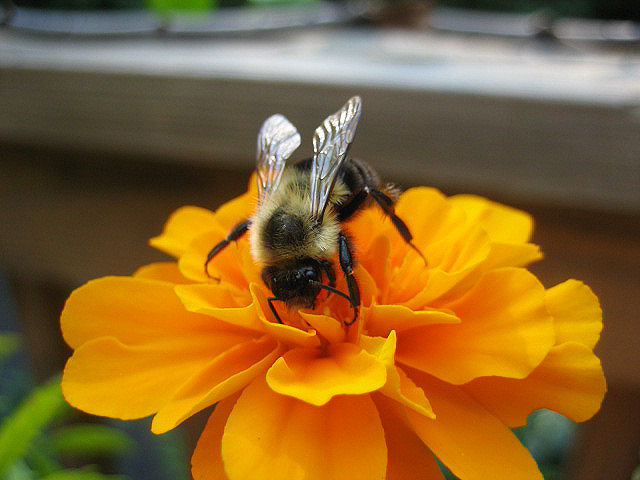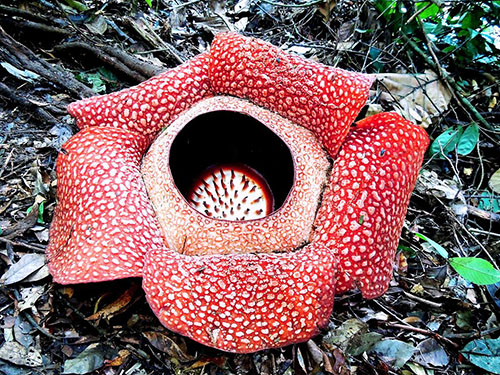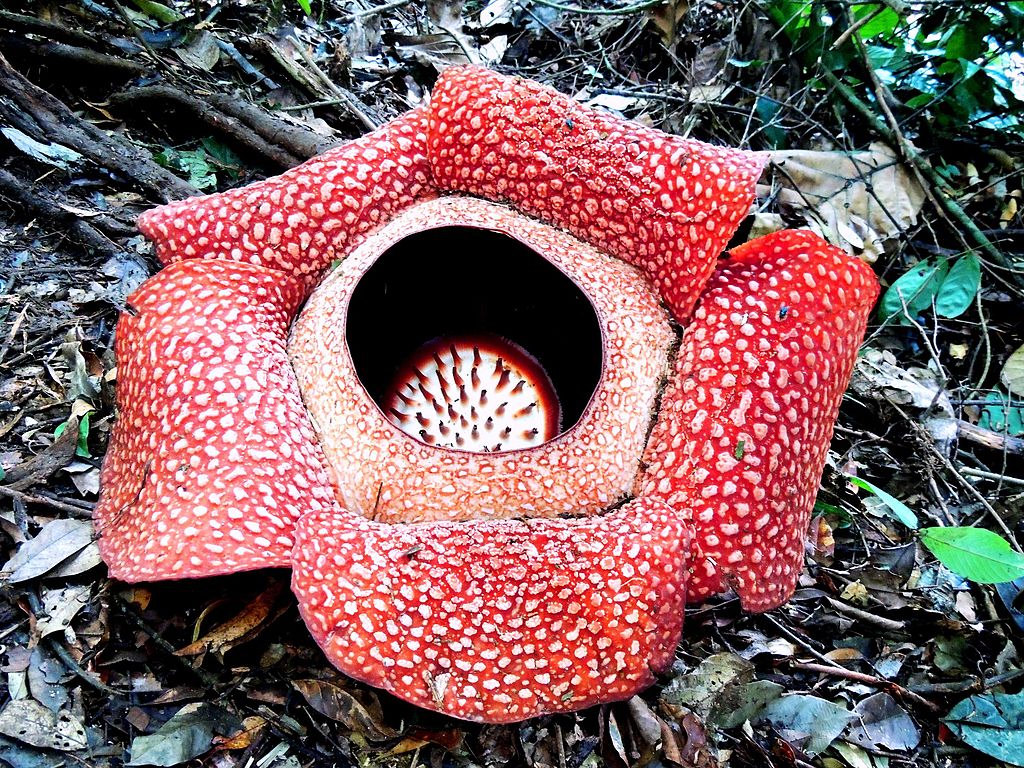Floral Attraction
Arguably, because of the sustaining role they undoubtedly played in the lives of our hominid ancestors, we might not be here if there were no flowers, a love affair begun early.
~ Stephen Buchmann, pollination ecologist


Bumble bee on a Marigold flower. Photo by Javier Alvarez.
The vast majority of flowering plants depend on animals for their reproduction because without them, pollination would be difficult or impossible to achieve. Flowers have evolved a number of interesting strategies to attract pollinators like bees, butterflies, and birds.
Rich in carbohydrates, the nectar produced by many flowers is an important high-energy food source for many pollinators. Nectar is also made up of chemicals responsible for the powerful aromas associated with flowers. Historically, these scents have attracted the attention of humans as well as animal pollinators. However, no other floral attractant is more conspicuous than the boldly colored petals by which flowers are immediately identifiable. Red roses, yellow marigolds, and blue irises, for instance, stand out within the sea of green plant life. More amazing still is the variety of ultraviolet colors that fall outside of the human visual spectrum.
While scents and colors may attract by their direct association with nectar, some mimic desirable things that are typically unrelated. The smell of the corpse flower, for example, attracts flies as pollinators for reasons implied by its name, while the bee orchid does the same for male bees by mimicking a sex pheromone and the shape of a female bee in its petals.


Rafflesia arnoldi, the Corpse Flower (2016). Photo by Lentera Merah.
.jpg)
_(14374841786)_-_cropped.jpg)
Ophrys apifera, the Bee Orchid (2014). Photo by Bernard DuPont.